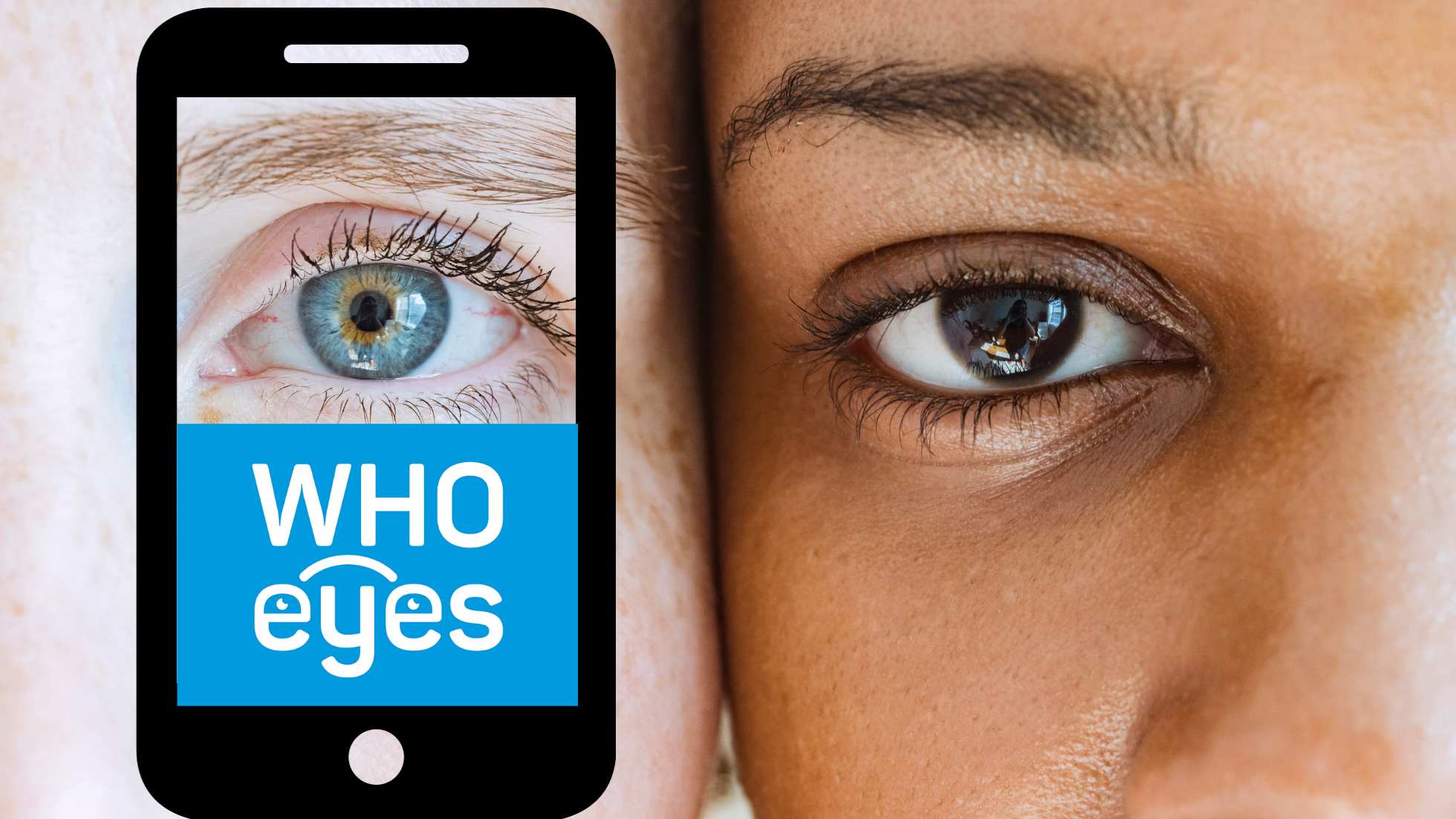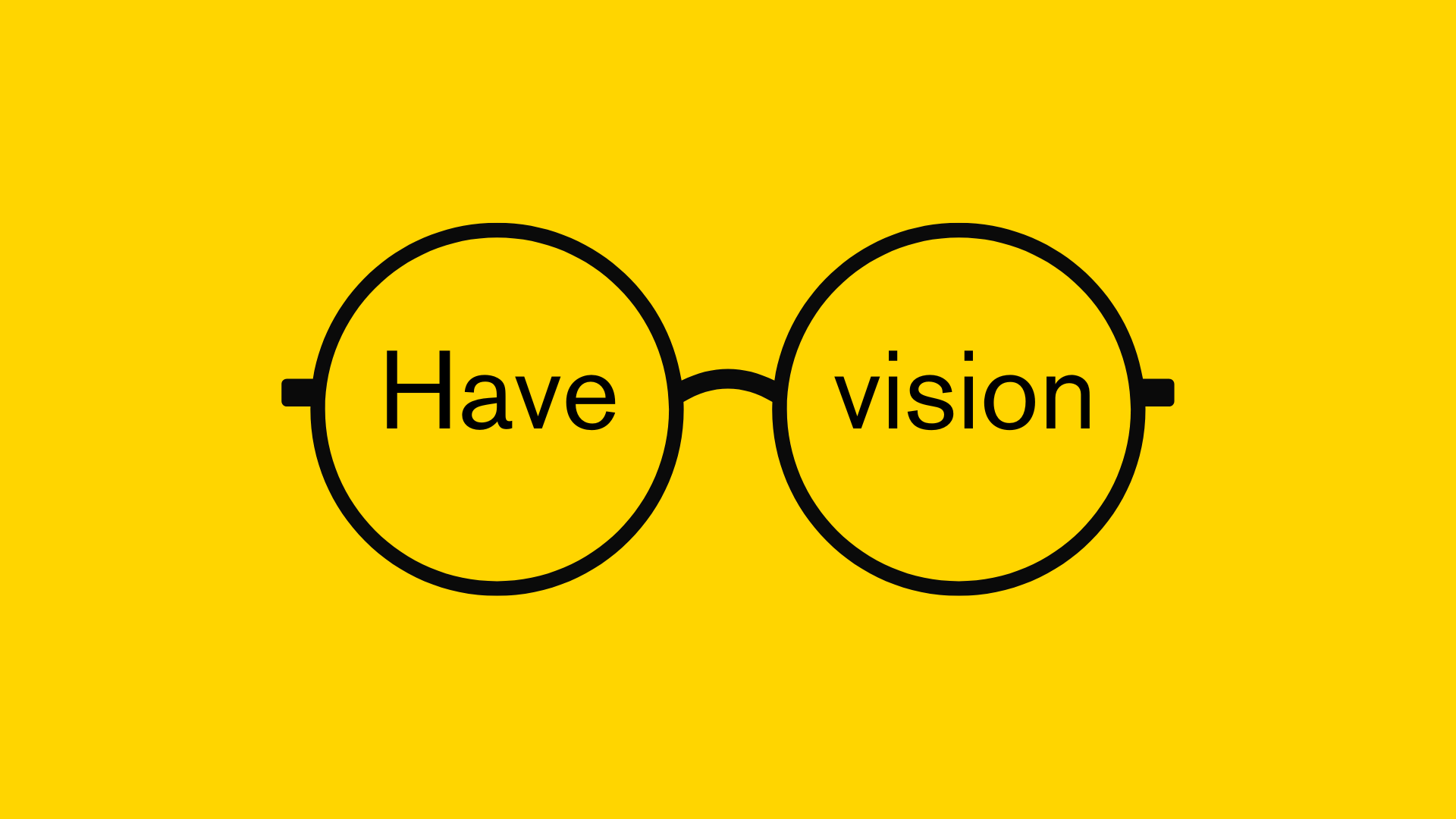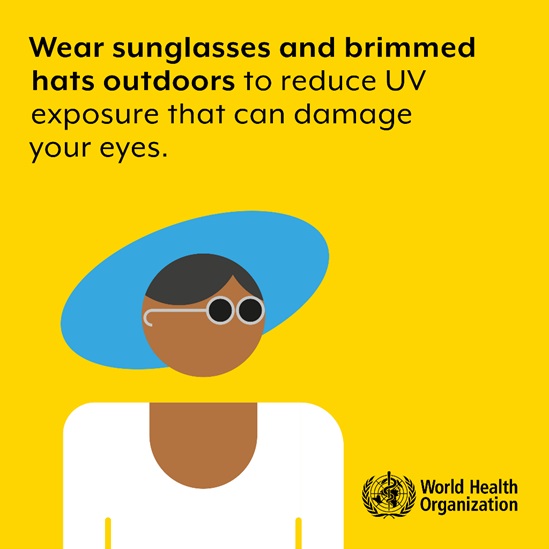VGS Did you know that more and more children are having trouble seeing things that are at a distance? What
are the early signs? How would you know if your child is at risk? And what can you do to protect your
child's vision? Here to talk about it is Dr. Stuart Keel. Welcome, Stuart. Let's get started with the early
signs that parents, teachers and grown-ups may be missing.
SK There may be some early signs of vision loss or vision impairment in children, and they may come in the
form of eye rubbing, squinting, closing one eye to see more clearly. It may also be that your child is
holding their reading material or devices extremely close to their eyes, or they're moving closer to the TV
to see more clearly. It may also come in the form of of more general underperformance at school. So if
any of these signs are present, then we recommend that the child has a comprehensive eye examination to
investigate further.
VGS So Stuart, talk to us about the causes and risk factors for this increasing trend of short-sightedness
amongst kids.
SK I should first say that if you are short-sighted, then you're certainly not alone. About 20% of the
population or close to 2 billion people globally have short-sightedness. So there are a number of risk
factors. One of the risk factors, unfortunately, we don't have control over and that is genetics. So if you
have a mother or a father or both that are short-sighted, then the child is more likely to be short-sighted.
But the other group of risk factors are far more interesting and important for us to be aware of, and
there're lifestyle factors.
So research now strongly shows that intensive near-work activities, so looking at devices for prolonged
periods of time, looking at reading material for prolonged periods of time, and also reduced time spent
outdoors are risk factors for the development and progression of short-sightedness.
VGS So kids get started really early with digital devices nowadays. Is that one of the reasons why we are
seeing this trend, and what can parents do to protect their children's vision?
SK Yes, that is one of the contributions. But there are a number of things that parents can do. And the most
important thing that parents can do is take their child to have a comprehensive eye examination, even if
the child already has glasses. The nature of of short-sightedness and long-sightedness in childhood is that
the prescription changes over time, so normally the glasses need to be updated every couple of years.
Secondly, there are a number of things that parents can do or caregivers can do to protect their child's
sight from the development of short-sightedness.
And research shows us now that spending 90 minutes outdoors is a is a protective factor during daylight
hours for children developing myopia or short-sightedness. So really encouraging your children to go
outside and play is a key message. The second is reducing time spent on these near-activities, such as
device use. And I know this is challenging in the current environment that we are. However, research also
shows that this is a very strong risk factor for the development of a short-sightedness.
And the last one I would like to touch on is if your child wears spectacles, we should be encouraging the
child to wear the spectacles as much as possible. There is a common misconception out there that wearing
spectacles may make your child's vision worse. However, this is in fact not the case. And wearing the
spectacles or glasses makes sure that the child is not straining to see clearly.
VGS Stuart, let's backtrack a little bit. Can you explain how kids playing outside in daylight protects them from
developing short-sightedness?
SK So that's a very good question. There is now very strong evidence that playing outside does protect a
child's eyesight from the development of short-sightedness. However, the exact reason why is uncertain.
One of the reasons is that more natural light entering the eye ensures that the child's eye develops at a
normal rate.
VGS That's fascinating. Thank you very much, Stuart. There you have it. That was Science in 5 today. Until
next time then. Stay safe, stay healthy and stick with science.







